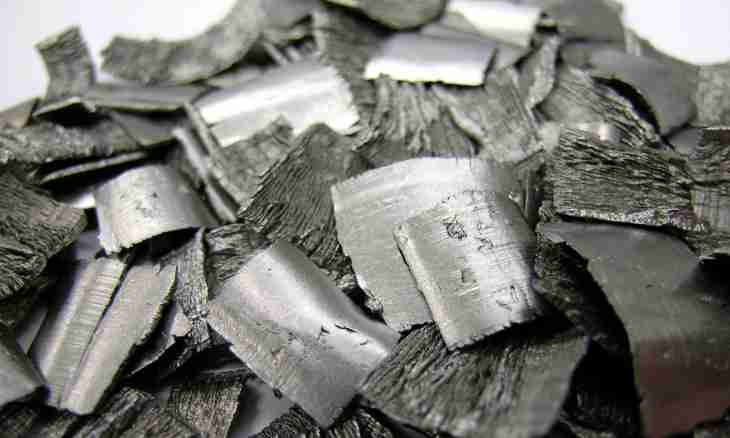Chemical element nickel belongs to the first triad of the III group of periodic Mendeleev's system. It represents plastic and malleable metal of silver-white color. Natural nickel consists of mix of five isotopes, all of them are stable.
Instruction
1. In earth crust there are about 0.008% of nickel on weight, in water of oceans — 0.002 mg/l. World reserves of nickel make about 70 million tons. Nickel is a necessary microcell for plants and mammals, contains in a human body from 5 to 13.5 mg of nickel.
2. About 50 minerals of nickel, the most important of them are known: pentlandite, millerite, garniyerit, revdinskit, nickeline also annabergit. Nickel is extracted from the silicate oxidized and sulphidic copper-nickel ores.
3. Pure nickel well gives in to processing as in hot, and cold. Chemically it maloaktiven, does not interact with water and moisture of air, at usual temperatures nickel becomes covered by a thin oxidic film. Oxidation of a surface begins at a temperature about 800 °C.
4. Nickel very slowly reacts with sulfuric, hydrochloric, phosphoric and hydrofluoric acids, it is practically not affected by organic acids in the presence of air. Being in a disperse state, this metal shows big catalytic activity in reactions of oxidation, condensation, isomerization, hydrogenation and dehydrogenation.
5. The melted nickel dissolves carbon, forming carbide which at crystallization of fusion decays and emits graphite. In reactions with carbon monoxide disperse metal gives a flying tetracarbonyl of nickel, and at alloyage with silicon — silicides. Interacting with phosphorus vapors, nickel forms phosphides.
6. For processing of the silicate oxidized ores use recovery melting with receiving ferro-nickel then it is subjected to expulsion in the converter for refinement and enrichment. The nickel concentrates received at enrichment of sulphidic ores melt with the subsequent expulsion in the converter.
7. Nickel can be found on blue-violet coloring after reaction with rubeanovodorodny acid or on pinkish red connection with dimetilglioksimy in the ammoniac environment. Quantitatively it is determined by sedimentation with dimetilglioksimy or an electrogravimetric way, photometric and titration by complexons. For this purpose also apply fluorescent, X-ray spectral, atomic and absorbing and issue methods.
8. The most part of nickel is used as a component for corrosion-resistant, magnetic, supersolid and heat-resistant alloys. Metal nickel is structural material for nuclear reactors and the chemical equipment and also for accumulator electrodes.

